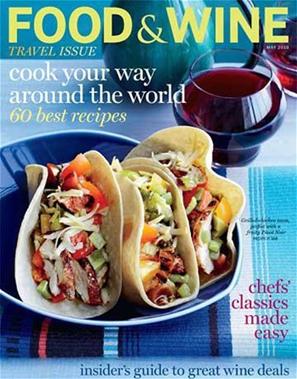Tips for Eating Meatless ~ Tofu and Soy Crumbles
One important step towards eating healthier and watching your calories is to eat one meatless meal per week. What to do? It’s easy. I enjoy eating meatless meals because it keeps my diet varied versus boring and stale. Here one tip I use myself that will get you started!
Try tofu and soy crumbles.
- These are mild-tasting and absorb the seasonings and flavor of whatever you cook them with. Perfect for tacos or spaghetti as a meat replacement.
While tofu can be an acquired taste for some, it comes in many varieties and flavors, and can be grilled, sautéed, scrambled…even fried or stir-fried. Tofu comes in firm and soft textures (soft is a great protein addition to smoothies) and is often used as an ingredient. I bought an all-tofu decadent chocolate cake from a gourmet bakery. It was completely all natural and vegan. Guess what? My non-vegetarian, hates health food brother in law didn’t know the difference! They used silken tofu in the cake, and yes, it can be that good.
A meat-lover wouldn’t even know the difference, with soy crumbles that is. They used to be packaged as a grain-like product that needed to be re-hydrated to take form.
“Now, frozen, bagged, re-hydrated soy crumbles (textured vegetable protein) can be found in the frozen food section and poured into your favorite spaghetti sauce or chili recipe.”











